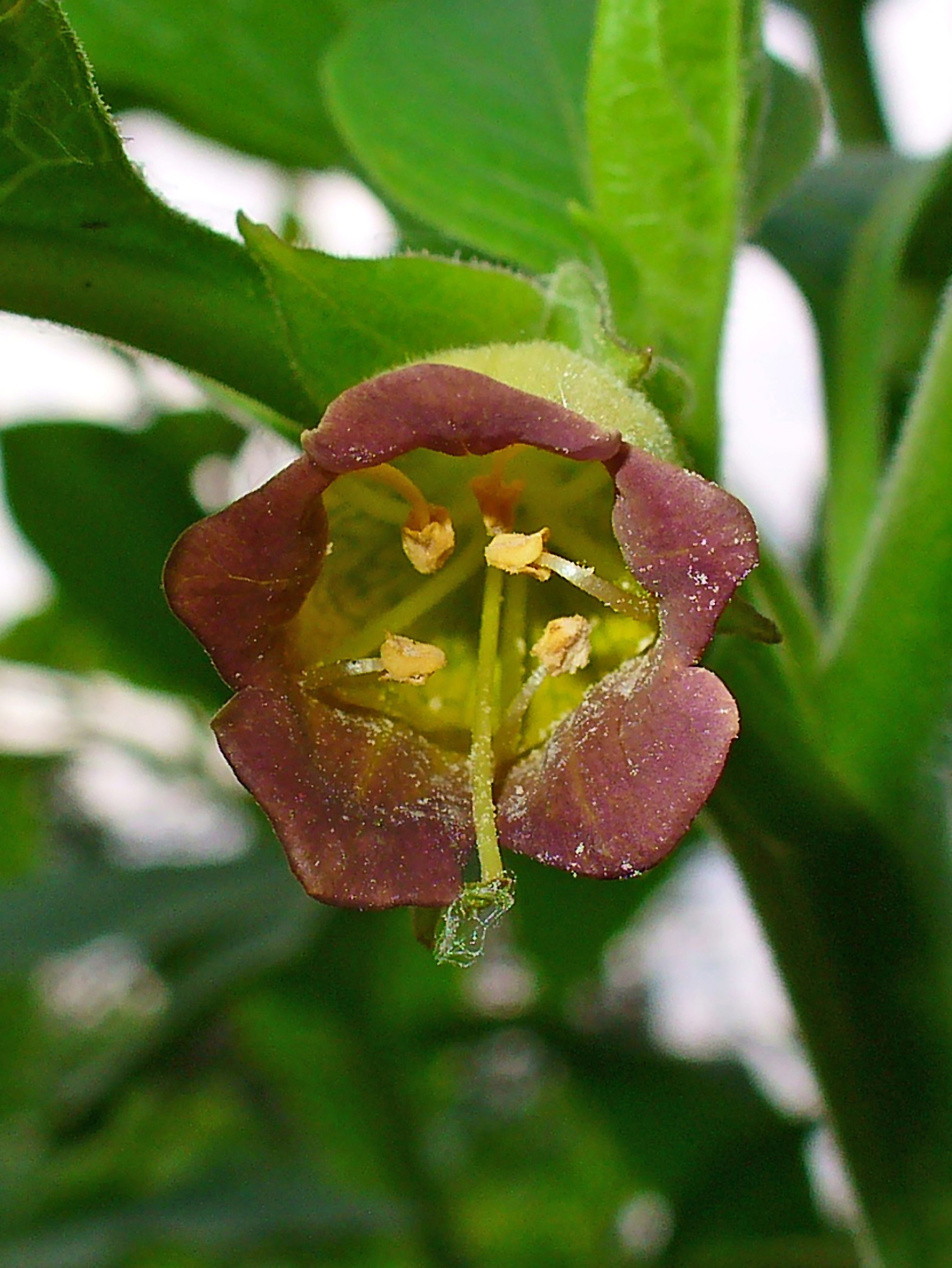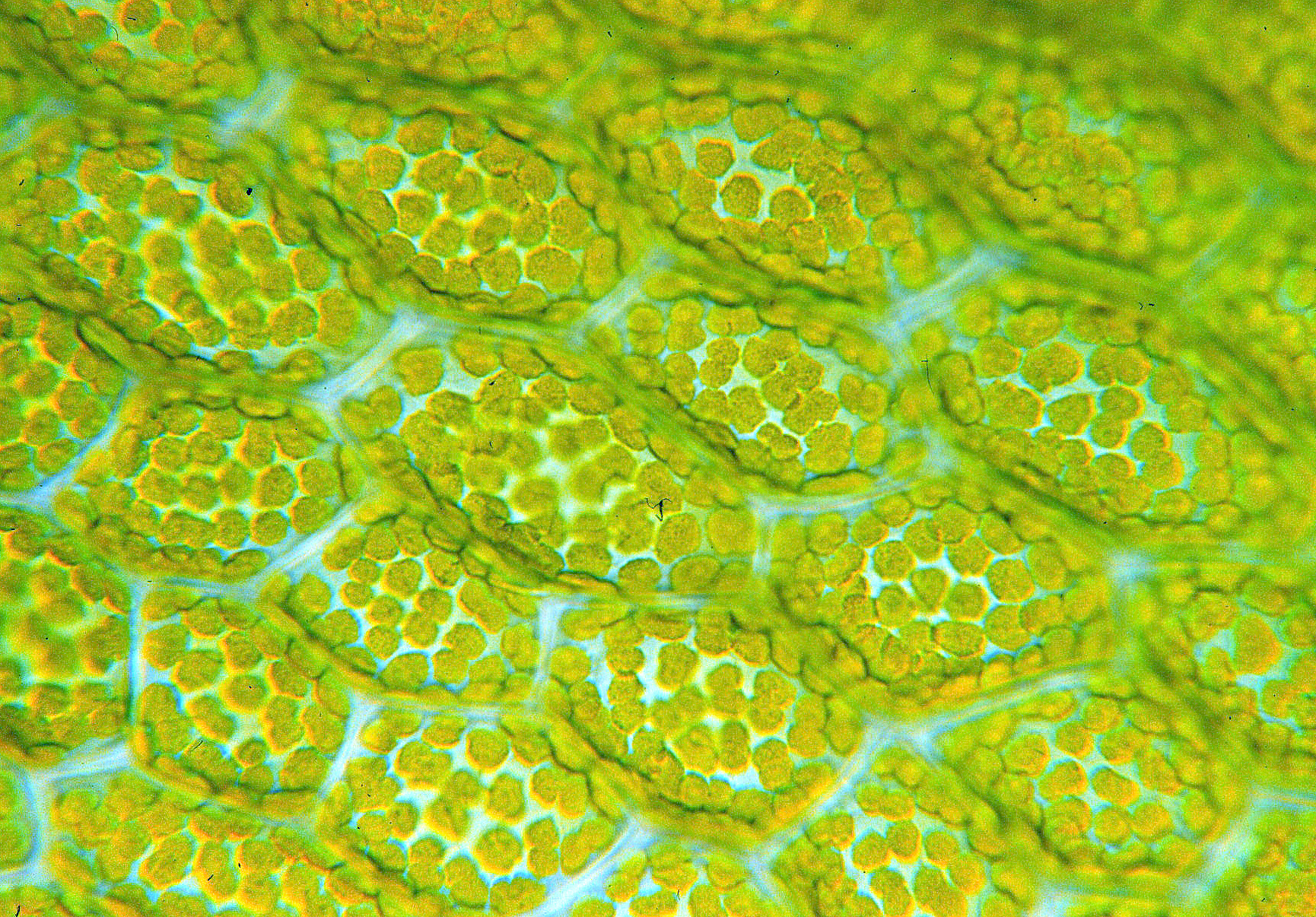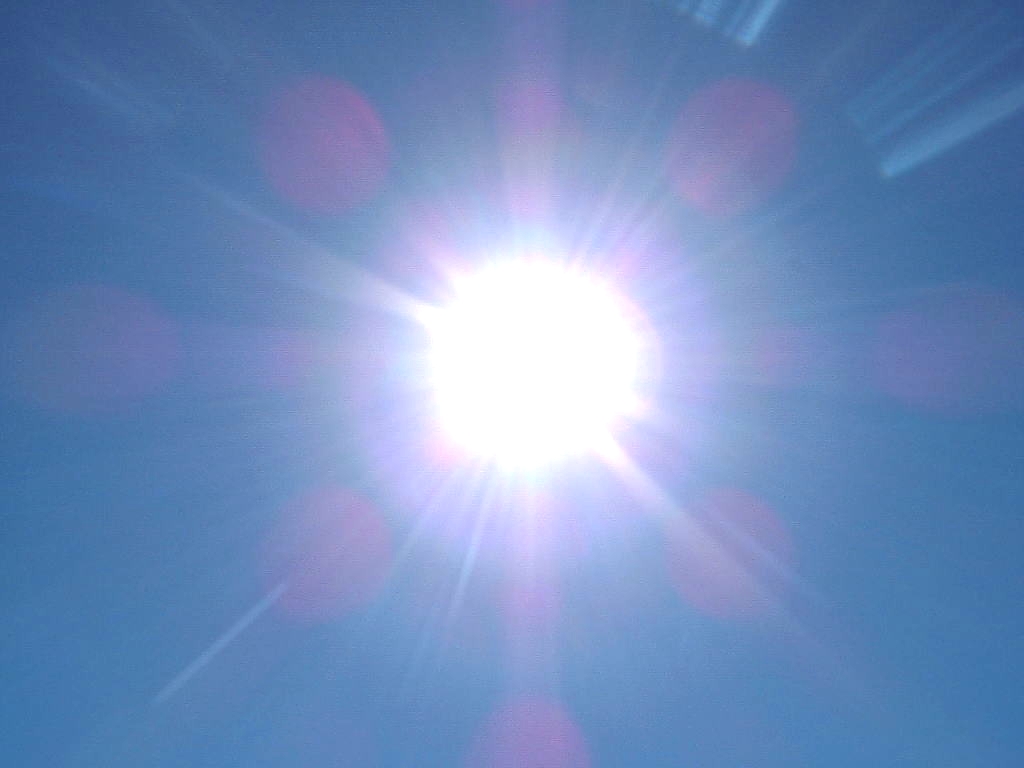Nutrition
Atropa belladonna
is a plant which means it is autotrophic. If you break down this
word "auto" means "self" and "trophos" means "feed". Hence the
word autotrophic means self-feeding. Belladonna, along with
other plants, takes carbon dioxide and
 other inorganic materials
from the environment and produces organic materials. The plant
goes through photosynthesis, which is a process to provide
itself with nutrients. Plants are the ultimate source of organic
compounds and food for other organisms. Plants require very few
actual nutrients to survive. They require water and a few
mineral from the soil, as well as the carbon dioxide mentioned
previously. Water is transported in belladonna. and other
plants, via the xylem. These cells transport the water up to the
leaves. Transpiration, along with the properties of water like
cohesion and adhesion allow the water to be pulled up the xylem
to the leaves.
other inorganic materials
from the environment and produces organic materials. The plant
goes through photosynthesis, which is a process to provide
itself with nutrients. Plants are the ultimate source of organic
compounds and food for other organisms. Plants require very few
actual nutrients to survive. They require water and a few
mineral from the soil, as well as the carbon dioxide mentioned
previously. Water is transported in belladonna. and other
plants, via the xylem. These cells transport the water up to the
leaves. Transpiration, along with the properties of water like
cohesion and adhesion allow the water to be pulled up the xylem
to the leaves.
The site of photosynthesis in the belladonna
plant, as well as other plants, is the chloroplasts. The
chloroplasts are everywhere in the plant that has a green color.
This is because the chloroplasts contain a green pigment known
as chlorophyll. The main site of these chloroplasts is in the mesophyll, which is the tissue inside of the leaf. It is not
surprising then that the majority of photosynthesis occurs in
the leaves of plants. The chloroplast is an organelle that has
two membranes which enclose the stroma, the fluid inside the
chloroplast, and the thylakoids. The thylakoids are membrane
sacs which actually contain the pigment chlorophyll.
site of these chloroplasts is in the mesophyll, which is the tissue inside of the leaf. It is not
surprising then that the majority of photosynthesis occurs in
the leaves of plants. The chloroplast is an organelle that has
two membranes which enclose the stroma, the fluid inside the
chloroplast, and the thylakoids. The thylakoids are membrane
sacs which actually contain the pigment chlorophyll.
Photosynthesis as a process is related to cellular respiration. Cellular respiration is the process by which energy is obtained from organic compounds. Plants actually go through both of these processes, unlike us who only do respiration. Photosynthesis and cellular respiration are redox reactions. The process of cellular respiration involves a release in energy when sugar is broken down and electrons go down an electron transport chain synthesizing ATP (Adenosine Tri-phosphate) which is used for energy. Oxygen is used at the end of this transport chain as the final electron acceptor. Photosynthesis then is the reverse of this process. Water is split and the electrons and hydrogen ions along with the carbon dioxide from the atmosphere are reduced to sugars. This process requires an input of energy, which the plant utilizes the sun for. Therefore plants use photosynthesis to make sugars which then in turn they either use for energy themselves or they provide energy to other organisms when the organisms consume them. The sugar is transported in belladonna and other plants via the phloem. These cells use a number of sugar sources, which are generally the leaves of the plant, and sugar sinks, which generally are the roots of the plant to allow the movement of sugar throughout the entire plant. The sugar moves from the more concentrated source to the less concentrated sink. Sugar is stored in plants in starch molecules.
The process of photosynthesis has two steps;
the light reactions and the Calvin Cycle. The light reactions
convert the energy
 from the sun into chemical energy which in
turn splits water molecules. The splitting of these water
molecules provides a source of electrons and hydrogen ions and
also gives off oxygen as a byproduct which other organisms like
us use to breathe. These electrons are then carried by an
electron acceptor called NADP+ which is reduced to NADPH with
the addition of the electrons. ATP is also generated by the
light reactions. The Calvin cycle starts with the carbon dioxide
from the atmosphere. This first step is known as carbon
fixation, during which the carbon is turned into organic
compounds. Then electrons are added and the fixed carbon is
reduced to carbohydrates or sugars. The electrons from NADPH
were used to reduce the carbon and the ATP was used as energy to
fuel the process.
from the sun into chemical energy which in
turn splits water molecules. The splitting of these water
molecules provides a source of electrons and hydrogen ions and
also gives off oxygen as a byproduct which other organisms like
us use to breathe. These electrons are then carried by an
electron acceptor called NADP+ which is reduced to NADPH with
the addition of the electrons. ATP is also generated by the
light reactions. The Calvin cycle starts with the carbon dioxide
from the atmosphere. This first step is known as carbon
fixation, during which the carbon is turned into organic
compounds. Then electrons are added and the fixed carbon is
reduced to carbohydrates or sugars. The electrons from NADPH
were used to reduce the carbon and the ATP was used as energy to
fuel the process.
If you wish to go back to the Home Page follow the hyperlink here.